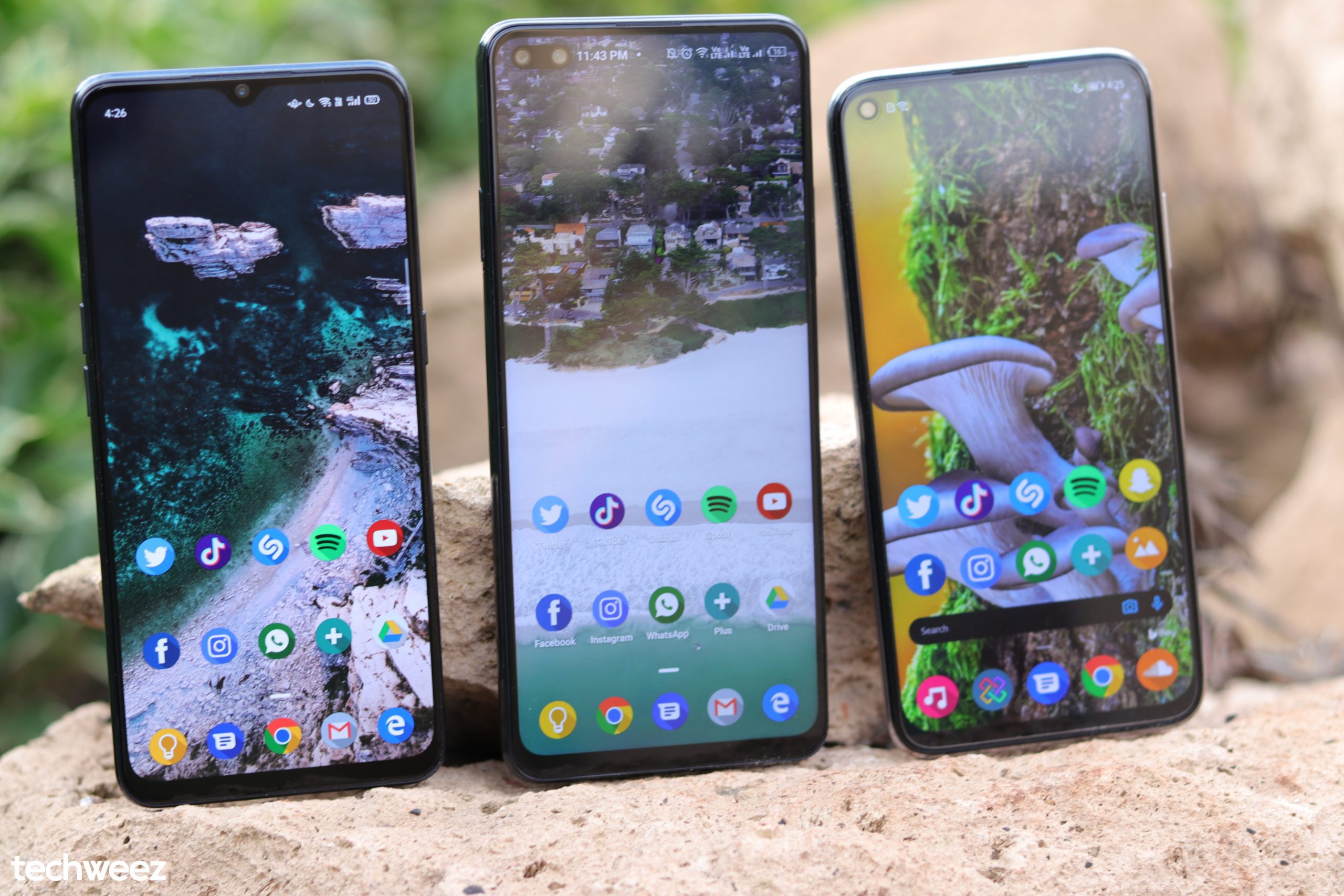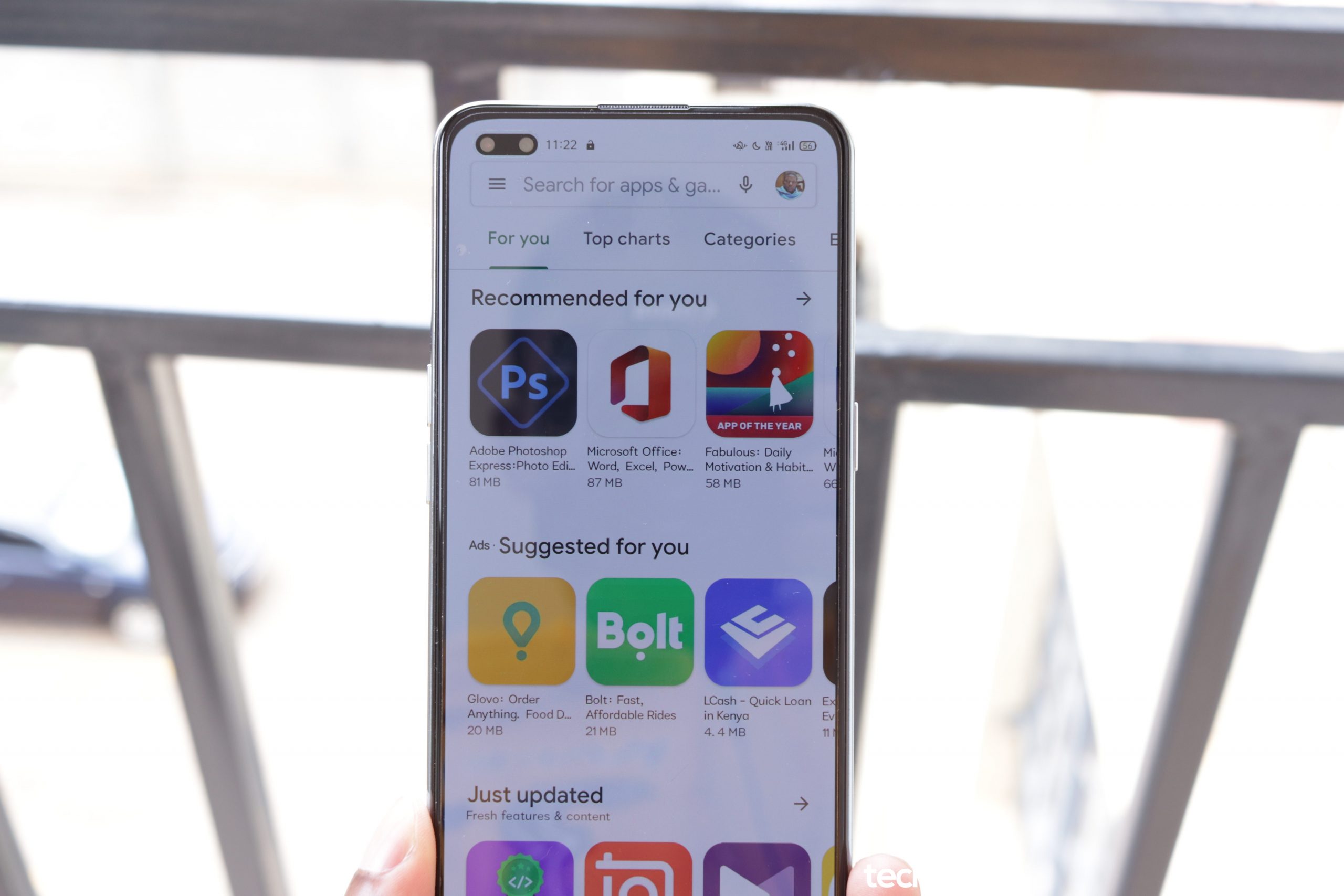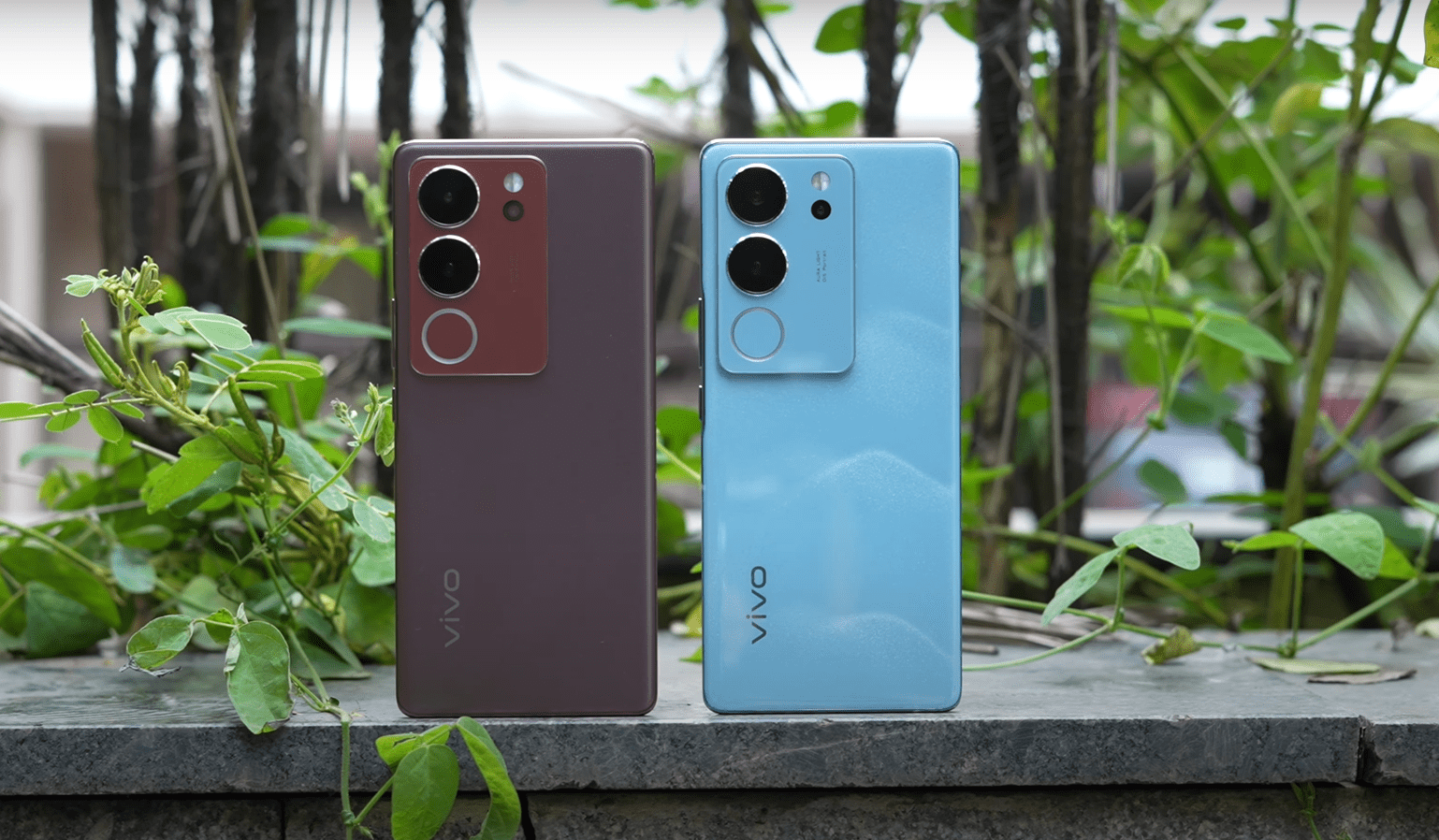
David Eagleman in a TEDx talk claims that technology can be used to increase the brain’s sensory abilities. Once the human brain is given consistent input corresponding to the real world, it can decode this data into useful information. For instance, sonic glasses are helpful in increasing mobility for a blind wearer.
In 1970, Neil Harbisson – who suffers from achromatopsia (condition that allows you to only see black and white), created a device that would allow him to listen to colors as different sound frequencies. The device was further expanded to include microtones and different volumes which allowed Neil to appreciate different hues and color saturations.

Technology in these instances demonstrates how unsual sensory channels can be used to extract meaning from sensory data. This allows humans to develop peripherals for their bodies which serve as aids in several forms of disability as well as in the achievement of futuristic engineering projects.
Currently, the eagleman laboratory is experimenting with other forms of sensory substitution. These projects aim to create a framework that will form the basis rehabilitative and assistive technologies for sensory processing.
via Hackaday


















